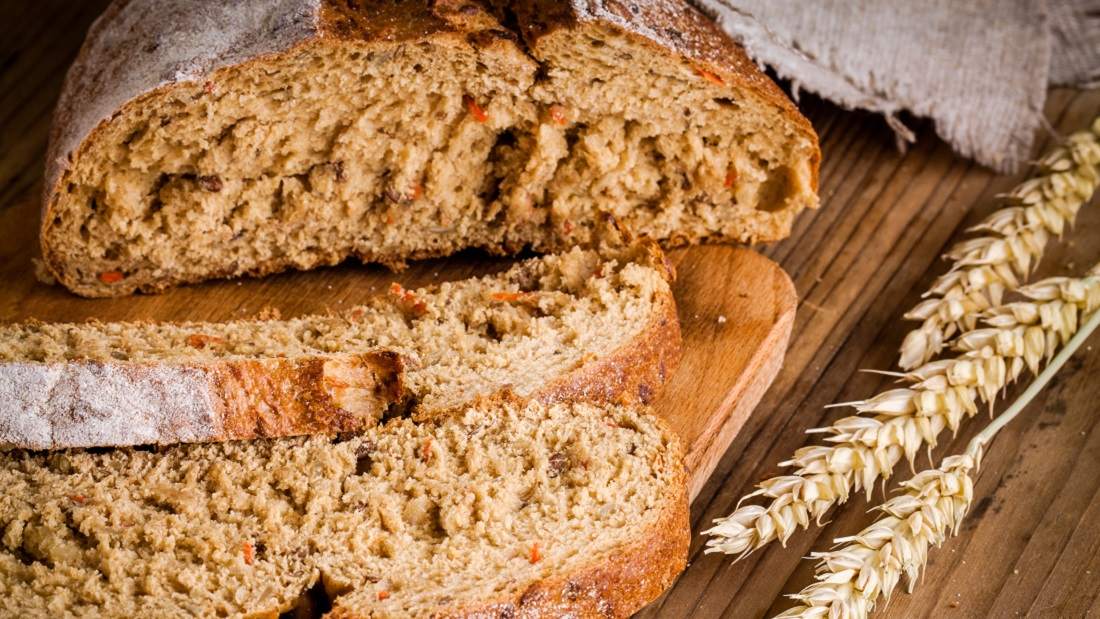Chromium

How much do you need daily?
Around 25 micrograms of chromium a day should be enough for adults. You should be able to get all the chromium you need by eating a varied and balanced vegan diet.
The government recommends the following intakes
The UK government have no set daily recommended levels but suggest that 25 micrograms a day is an adequate level of intake for adults. For children and teenagers, they suggest between 0.1-1.0 micrograms per kilogram of weight per day.
Are we getting enough?
The UK Diet and Nutrition Survey does not measure chromium intakes. However, the UK Food Standards Agency’s 2006 Total Diet Study found that average intake of chromium among the population fell within the UK Expert Group on Vitamins and Minerals guidance level for chromium (ranging from 22-29 micrograms). So average intakes are comparable to the official guidelines.
Why do we need it??
Chromium is a mineral we need in very small quantities but it plays an important role in blood sugar regulation and insulin function. It’s also necessary for protein and fat metabolism.
Diets high in processed foods may be lacking in chromium but a healthy diet provides enough to cover your needs. Chromium is vital for healthy blood sugar metabolism but taking weight-loss supplements with chromium won’t help you lose weight so beware of inflated advertising claims. Your body uses up as much chromium as it needs but providing more chromium won’t make it burn up more sugar.
Do I need a supplement?
No, a healthy vegan diet containing the above foods on a daily basis will cover your needs. There aren’t any known adverse effects of taking too much chromium as it’s considered virtually impossible to have too much chromium from diet alone. There’s not enough evidence available to know what the effects might be of taking high doses of supplements containing chromium. The UK Department of Health says that if you take a supplement with added chromium, 10 milligrams or less a day is unlikely to cause any harm. Excessive doses of chromium from supplements may actually worsen insulin sensitivity.
The best plant sources

The best plant sources of chromium are: brewers’ yeast, onions, wholegrains (wholemeal and rye bread and oats), black pepper, cabbage, broccoli, romaine lettuce, tomatoes, peaches, celery, bananas and apples (especially the peel).
Signs of deficiency
High blood sugar levels, tiredness and poor skin health.
Foods to include
UK (or US) Food Composition tables do not list the chromium content of foods. The UK Expert Group on Vitamins and Minerals committee says that wholegrain products (bread and cereals) contain in the range of 1.30-1.40 micrograms per 100 grams and that pulses and spices are a better source of chromium, but chromium levels are low in staple foods. See the list of foods above for general guidance.
Additional information
In humans, chromium deficiency has only been observed in people who receive all of their nutrition intravenously for long periods of time (parenteral nutrition). Symptoms include impaired glucose tolerance and glucose utilisation, weight loss, neuropathy, increased levels of fats in the blood, decreased respiratory quotient (the ratio of oxygen consumed to carbon dioxide expelled), and abnormalities in nitrogen metabolism.
The European Food Safety Authority (EFSA) does not consider chromium to be an essential nutrient, and so has not set any recommended levels.
The US Institute of Medicine (IOM) say there is not sufficient information to set recommended dietary allowances but do suggest adequate intakes for chromium. For women aged 14 years and over, the adequate intake is set at 25 micrograms per day dropping to 20 micrograms day for women aged 50 and over. During pregnancy, it is 30 micrograms per day, and 45 per day during breastfeeding. For men ages 14 years and over, it is 35 micrograms per day dropping to 30 micrograms for men aged 50 and over. For infants to children ages 1-13 years, the adequate intake increases with age from 0.2 to 25 micrograms per day.
Chromium is the only mineral for which the US and the EU disagree on essentiality.
List of All Nutrients
This post has been categorised in: A-Z of nutrients, A-Zs, Health




